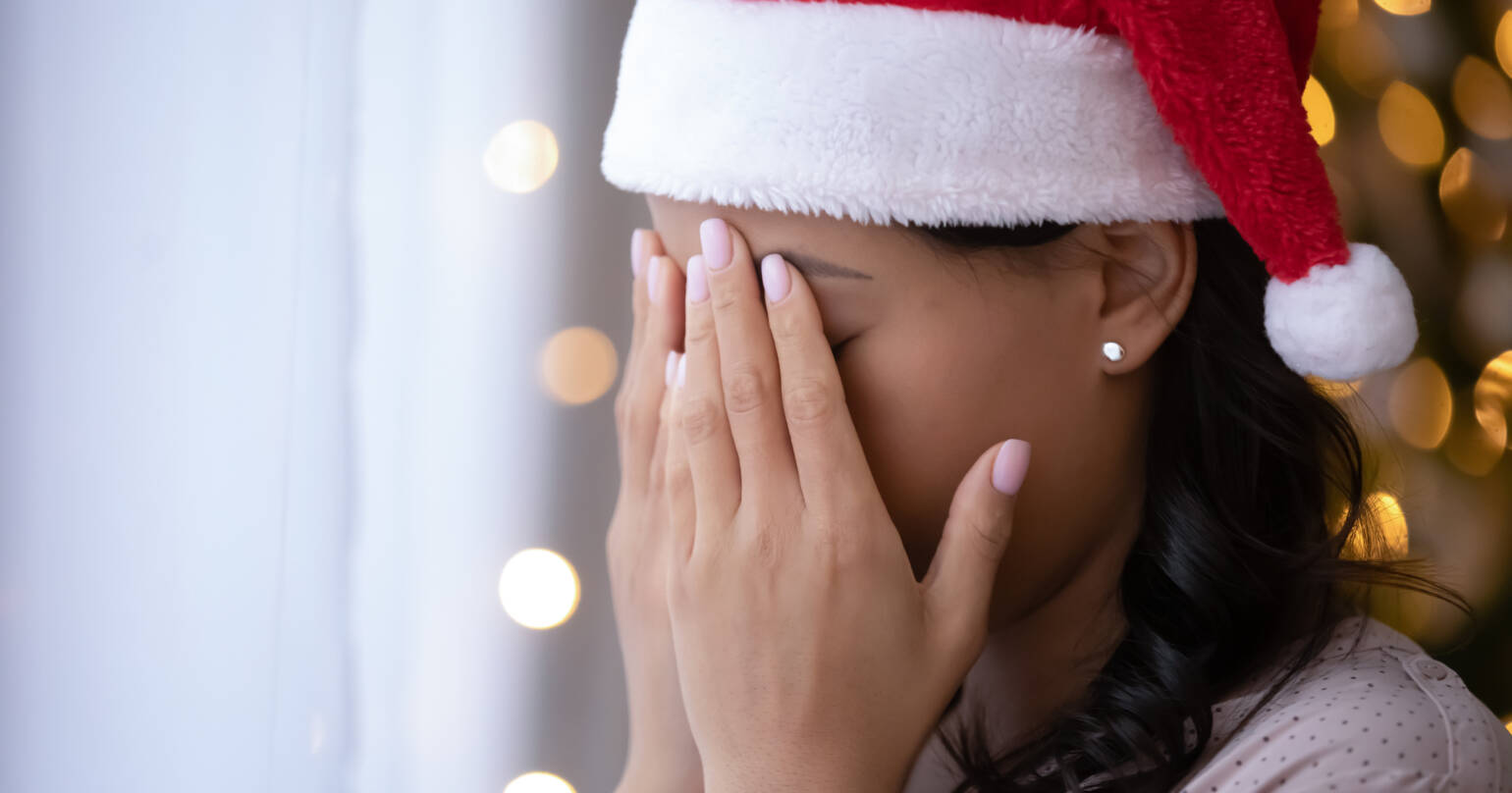Tips for “Seasonal Affective Disorder” or “Holiday Blues”
- What is Seasonal Affective Disorder or SAD?
Mood changes due to seasonal changes are often referred to as SAD, or seasonal affective disorder. It is believed that over ten million Americans have SAD and the milder “winter blues” affects even more individuals.
Because of its recurrence and duration, SAD is considered a serious mental health problem. The symptoms can have a substantial impact on individuals’ families and employment.
SAD tends to be predominant in women, particularly during childbearing years, with a reported female-to-male ratio of 4:1.
Most scientists believe that SAD is a result of shifted circadian rhythms. The morning light resets our circadian rhythms daily, without this bright light signal in the morning our internal biological clock shifts and produces the wrong hormones at the wrong time of the day. As the winter season wears on hormonal imbalances can become greater, causing sufferers to become fatigued, exhausted, and even depressed.
Individuals with symptoms of SAD report sleep problems, inability to concentrate, decrease of energy, alertness and interest, a craving for sweets and weight gain. Symptoms begin in the fall, peak in the winter, and usually resolve in the spring.
- What can be done to cope with SAD?
Daily exercise has been shown to be helpful, especially when done outside. One study showed improvement in SAD symptoms when individuals took a one-hour daily walk outside.
Outdoor light, even when it is cloudy, can provide as much light or more than a light box.
Light boxes have become a recognized approach for treatment of SAD. The device costs from $60- $200. It takes time to use and must be used regularly. The time spent in front of the light is related to the intensity of the light source and the distance one sits from the light.
Eating balanced meals will increase energy and reduce sweet cravings.
Medication and counseling can also be helpful.
- Is there a difference between SAD and the “holiday blues”?
Yes, separate from SAD, the holidays contribute to stress and feelings of sadness. The holidays often create schedule changes, financial demands, and uncomfortable family interactions. These worries can contribute to stress and anxiety.
It is hard to move away from family expectations and old familiar family roles and routines. If you are the youngest, the oldest or the middle child you frequently find yourself acting out behaviors from childhood.
- How to reduce stress related to holidays and family expectations
Make specific plans for the holidays. This can help to limit time spent in stressful situations.
Plan events and activities you want to do and invite others to join you.
Share with friends that the holidays are difficult for you. Sharing your concerns helps you feel more connected and less isolated.
Help others by volunteering. Spending time with others who are positive and helping others can lift your spirits.
Visit friends you have not seen in a while. Enjoy connecting with individuals who remind you of good memories and laughter.
Do something new and even free, visit a museum, spend time in the library, see an old film, revisit an old hobby.
Free Resources
National Association for Mental Illness
National Association for Mental Illness – Bloomington; this includes support groups and additional local resources
https://namigreaterbloomingtonarea.org/
988 nationwide suicide and crisis hotline.
https://988lifeline.org/current-events/the-lifeline-and-988/

